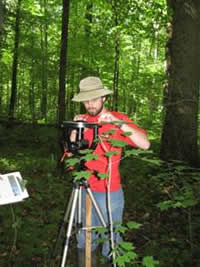Benefits of FaST

USDA Priority Need Areas Addressed:
- Strengthen institutional educational capacities.
- Attract and support undergraduate and graduate students from underrepresented groups.
- Facilitate cooperative initiatives between two or more Hispanic Serving Institutions, or between Hispanic-Serving Institutions and units of State government or the private sector.
Expected Impact/Beneficiaries
Students
- vital training and mentorship
- professional networking opportunities
- culture of empirical research and grant development
- opportunities to present papers at national conferences and publish research
- provide critical elements in the development of their Vitae and/or resumes
- graduate as qualified and highly skilled agricultural and environmental researchers.
Faculty mentors
- enhance own research by working with state-of-the-art equipment and resources not available at their home institutions
- expand their own research collaborations
- enhance their student advising and mentoring skills.
Participating Hispanic Serving Institutes
- research programs and training capacity strengthened
- faculty impact to agricultural and environmental education will be reflected in their teaching methodologies and course content, in research publications, and of possible new course offerings
- faculty participants will bring current and relevant USDA key research objectives directly into today's classrooms.
Host labs and field stations
- will advance their own research projects with the aid of HSI guest scientists
- strengthen collaborative ties to HSI institutions
- bring underrepresented Hispanics directly into the intellectual endeavors of the USDA.